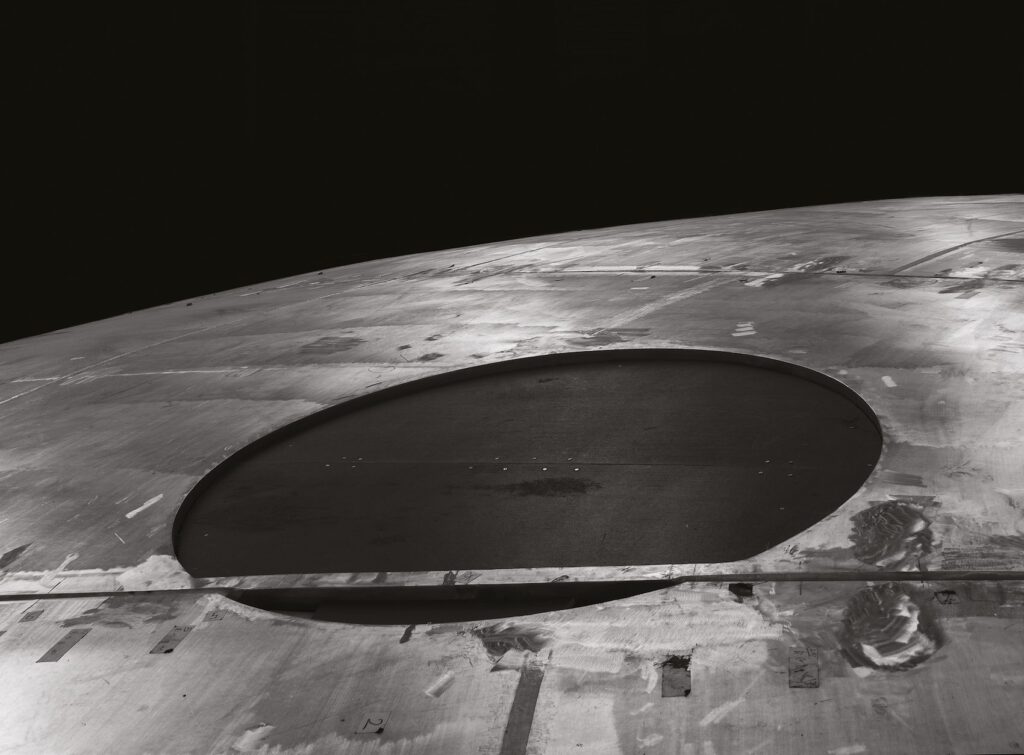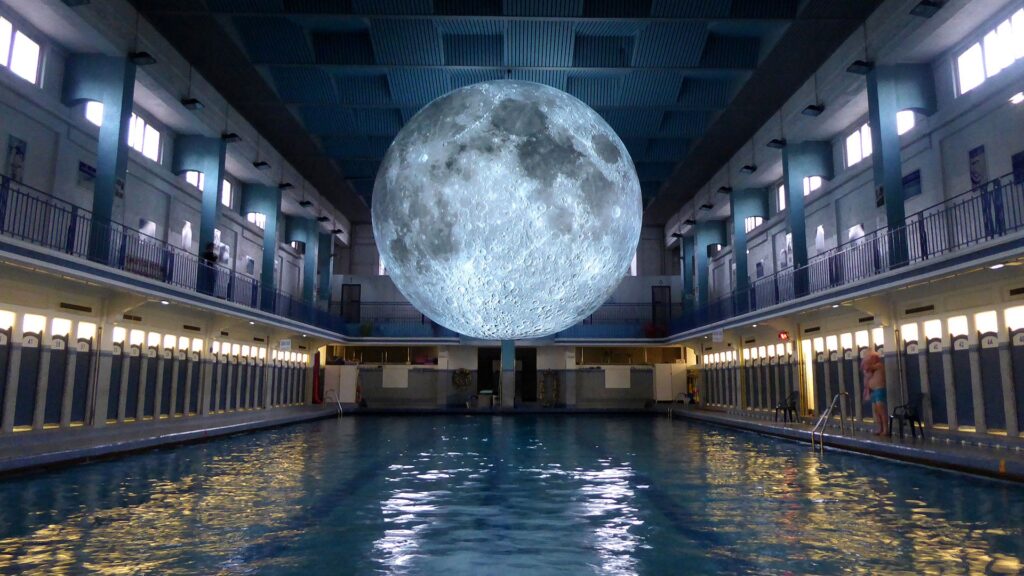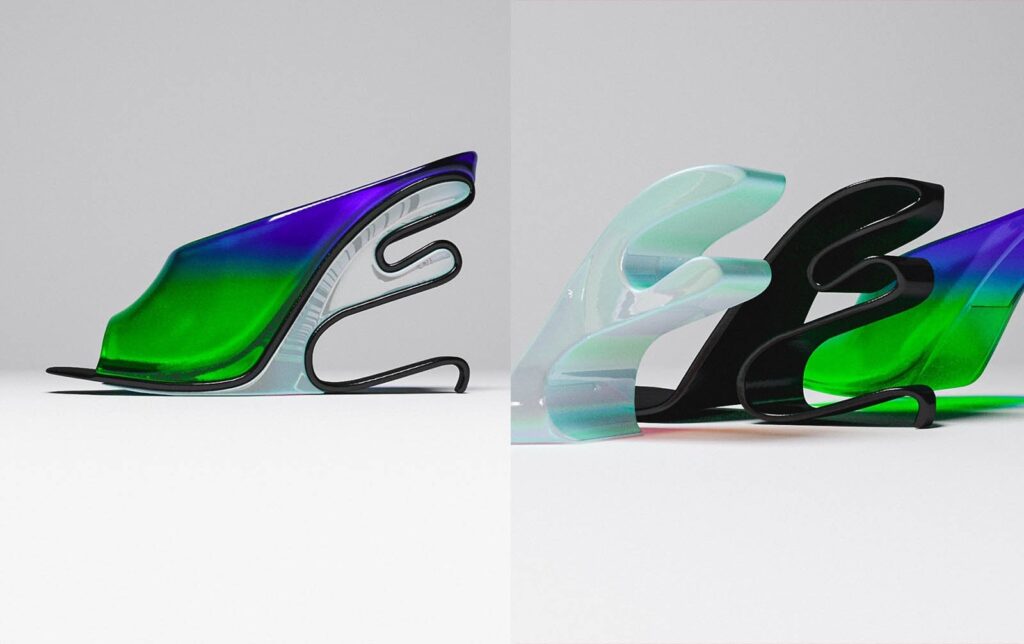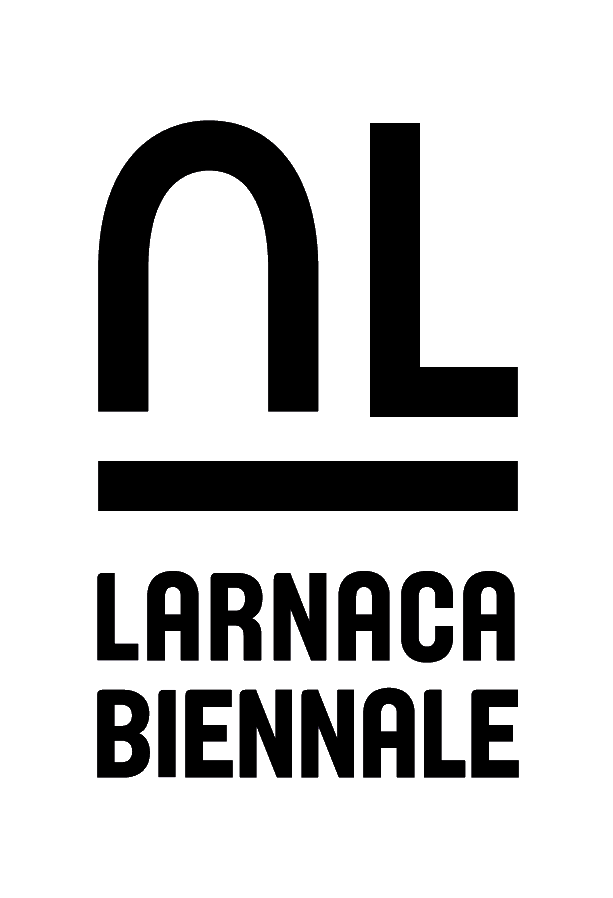With just a few weeks left until the opening of Larnaca Biennale 2023, we’ve finally arrived at the last ‘note on home’; as I start to look back on my reflections so far, I look forward to seeing the city host an array of inspiring artworks – that grapple so eloquently with our chosen theme. Along the way, I’ve realised that ‘home’ is a never-ending discussion. It’s one we’ve considered from psychological, geographical, philosophical, environmental, architectural and spiritual perspectives. But another perspective belongs to the future of our ever-evolving world – or perhaps to other worlds – where things as we know them will surely change beyond recognition.
Gazing at the skies above, many of us – for centuries now – have tried to imagine a home beyond the confines of our planet. But why is space such an endless source of fascination and polarising debate? Do we regard space to be an extension of the natural world, a potential refuge for humanity, the site of a boundless scientific experiment, a mere commercial opportunity, or all of the above? Whether it’s a question of escapism or human ‘progress’, the lines between humankind and technology are blurrier than ever, and new frontiers invite further exploration. Is there life somewhere out there already? And what would it look like if we made it our home?
Although it’s some way away, the colonisation of the moon and other planets in our solar system feels almost inevitable. Scientists, national space agencies and private enterprise are already planning for new societies beyond the Earth’s limits. Naturally, these developments put the notion of ‘public space’ into a new and challenging context – to whom does this unchartered territory truly belong? These philosophical questions come to the fore in NEOs, a photographic project by Italian artist Ezio D’Agostino. Throughout the series, D’Agostino’s clinical, otherworldly images combine to tell a true story about burgeoning plans to extract precious metals from asteroids in our solar system.

Is space, then, just a source of sought-after raw materials, intended for use back on Earth? Or rather a territory we might soon call home in itself? Measuring seven metres in diameter, Luke Jerham’s Museum of the Moon makes us wonder what might be. Adorned with intricately-detailed NASA imagery of lunar surfaces, each centimetre of the artwork represents 5km on the moon, relating us more closely to the otherwise abstract scale of our celestial neighbour. In an era of overpopulation and climate change, the moon remains an alluring subject of research. Could it ever become home, or might it serve as either an escape or a gateway for interplanetary travel?

Perhaps as abstract as a life beyond earth is the prospect of inhabiting other spaces that technological change has opened up. With shifts in AI, VR, AR and the ongoing evolution of WEB 3, the Metaverse also invites our residence (where we can rub virtual shoulders with avatars of the rich and famous). As the landscape of technology changes, new artistic frontiers emerge. The Cyprus-based fashion house of the future, Pet Liger, ventures often into the Metaverse, creating digital fashion pieces. Their endeavours primarily involve designing and crafting virtual shoes that can be acquired through NFTs (non-fungible tokens) and worn within virtual gaming environments.
As digital spaces transform, we’re prompted to consider whether a fulfilling sense of home can arise within this virtual realm and, if so, how we can shape and define it. Pet Liger’s virtual shoes are gradually transitioning back into reality through 3D printers. Maybe the Metaverse and WEB 3 could be a homely space for safe self-expression, its boundaries increasingly blurred with the familiar physical spaces we already call home.

‘Space is both the most obvious thing in the world – where would we all be without it? what would we all be without it? – and an enigma. As we play with it, it plays with us,” says Peter Merriman, Professor of Human Geography at Aberystwyth University. From my perspective, the same is true of the metaverse Metaverse and various other ongoing technological developments. To wrap up our reflections, and as we look forward to welcoming you to Larnaca, I’d like to finish with a quote by astrophysicist Carl Sagan from one of his most famous books, Pale Blue Dot: A Vision of the Human Future in Space:
“Look again at that dot. That’s here. That’s home. That’s us. On it everyone you love, everyone you know, everyone you ever heard of, every human being who ever was, lived out their lives. The aggregate of our joy and suffering, thousands of confident religions, ideologies, and economic doctrines, every hunter and forager, every hero and coward, every creator and destroyer of civilization, every king and peasant, every young couple in love, every mother and father, hopeful child, inventor and explorer, every teacher of morals, every corrupt politician, every “superstar,” every “supreme leader,” every saint and sinner in the history of our species lived there-on a mote of dust suspended in a sunbeam. Our posturings, our imagined self-importance, the delusion that we have some privileged position in the Universe, are challenged by this point of pale light. Our planet is a lonely speck in the great enveloping cosmic dark. In our obscurity, in all this vastness, there is no hint that help will come from elsewhere to save us from ourselves. The Earth is the only world known so far to harbor life. There is nowhere else, at least in the near future, to which our species could migrate. Visit, yes. Settle, not yet. Like it or not, for the moment the Earth is where we make our stand. It has been said that astronomy is a humbling and character-building experience. There is perhaps no better demonstration of the folly of human conceits than this distant image of our tiny world. To me, it underscores our responsibility to deal more kindly with one another, and to preserve and cherish the pale blue dot, the only home we’ve ever known.”
